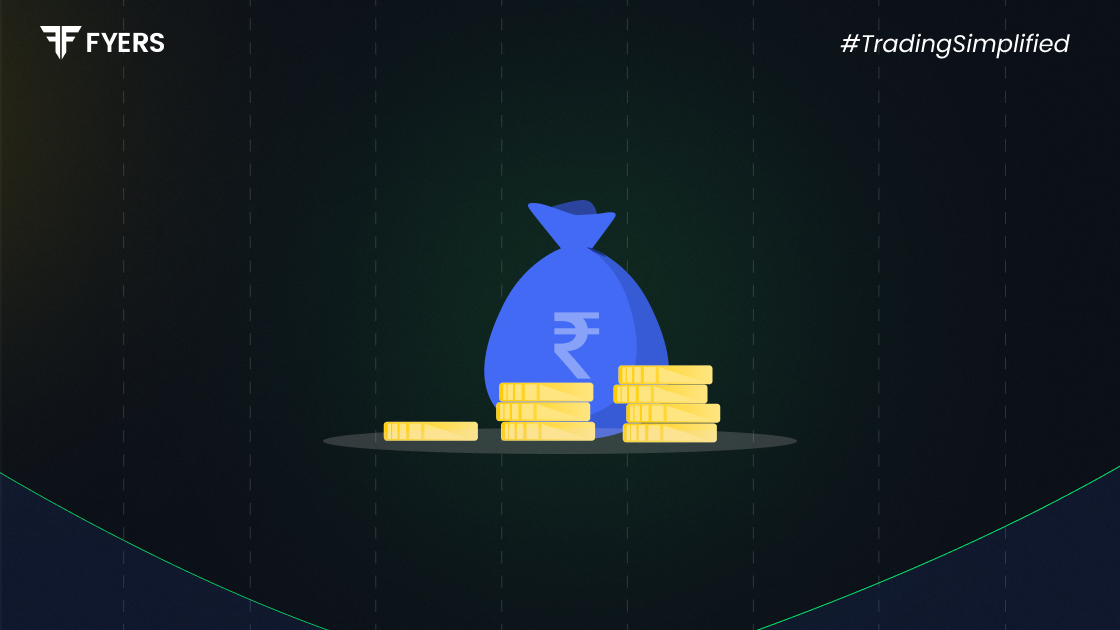

 18 Jun, 2025
18 Jun, 2025
 4 mins read
4 mins read

Recurring Deposits (RDs) are a popular savings option among conservative investors in India. They are designed to promote regular saving habits by allowing individuals to deposit a fixed amount every month and earn interest on it. Ideal for salaried individuals and those looking to build a corpus over time without taking high risks, RDs offer a secure and disciplined way to grow savings.
An RD account is a type of term deposit offered by banks and post offices where a fixed sum is deposited regularly—usually monthly—for a predetermined tenure. The amount earns interest, which is compounded quarterly in most cases, and the entire sum (principal plus interest) is paid out at maturity.
When you open an RD account, you commit to depositing a fixed sum every month for a specific period—commonly ranging from 6 months to 10 years. The financial institution calculates interest on each deposit from the date of deposit to the end of the term. The power of compounding ensures that the interest is added to the principal, increasing the overall return.
Let’s take an example: If you deposit ₹1,000 every month for 2 years at an interest rate of 6.5% per annum, this is how it would look after 2 and 10 years:
|
Duration |
Total Deposit |
Maturity Value (Quarterly) |
Interest Earned |
Difference vs Annual Compounding |
|---|---|---|---|---|
|
2 years |
₹24,000 |
₹25,675 |
₹1,675 |
~₹240 higher |
|
10 years |
₹1,20,000 |
₹1,66,540 |
₹46,540 |
~₹6,500 higher |
The longer you stay invested, the more your returns accelerate.
RD accounts can be opened by:
Each bank or post office may have slightly different eligibility criteria, especially for joint or corporate accounts.
Suitable for Goal-based Saving: Helps in planning for specific goals like education, travel, or emergency funds.
Yes, premature withdrawal is allowed by most banks and post offices, but it may attract a penalty and lower interest rate. Some institutions require the RD to be active for a minimum period (usually 3 to 6 months) before permitting premature closure.
Yes, interest earned on RDs is taxable as per the depositor's income tax slab. If the total interest earned exceeds ₹40,000 in a financial year (₹50,000 for senior citizens), Tax Deducted at Source (TDS) may apply.
RD involves monthly deposits, making it ideal for regular savers, while FD requires a one-time lump sum investment. Both offer fixed interest rates, but FD generally earns slightly more due to the full amount being invested upfront.
Yes, RDs are considered one of the safest investment options. They are offered by banks regulated by the Reserve Bank of India (RBI) or by the Indian Post Office, both of which ensure a high degree of security for your money.
Calculate your Net P&L after deducting all the charges like Tax, Brokerage, etc.
Find your required margin.
Calculate the average price you paid for a stock and determine your total cost.
Estimate your investment growth. Calculate potential returns on one-time investments.
Forecast your investment returns. Understand potential growth with regular contributions.